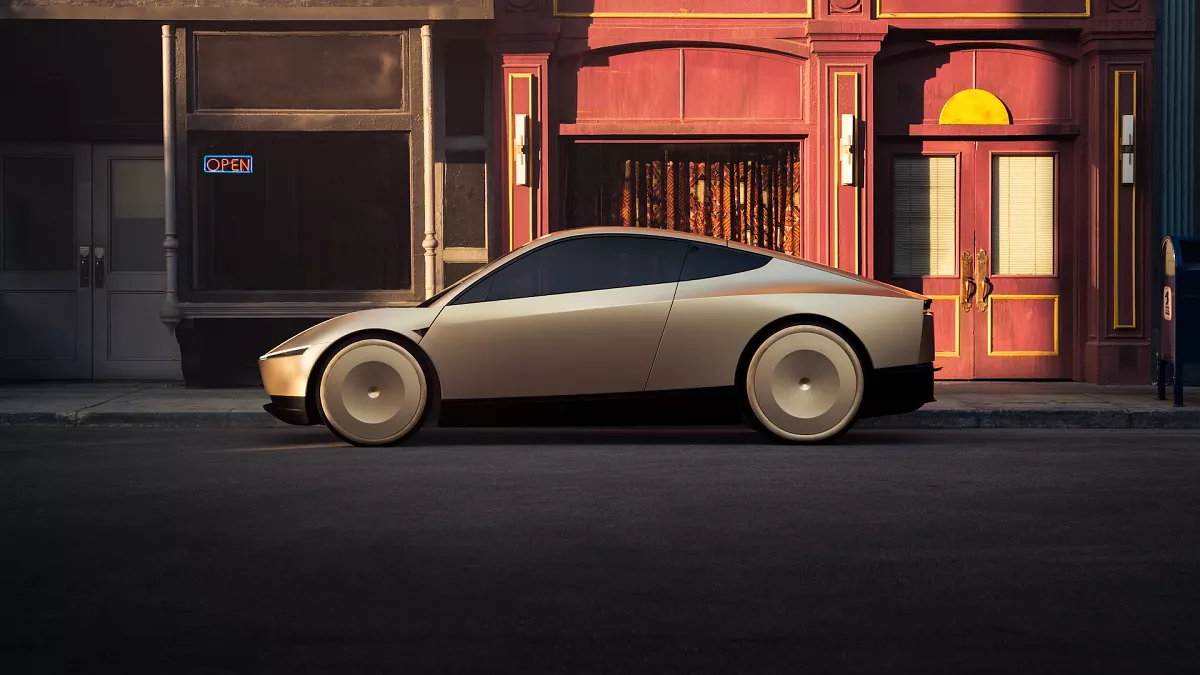Understanding Tesla’s Unsupervised FSD and Robotaxi Plans
During a recent event, Tesla’s CEO Elon Musk revealed bold plans for an “unsupervised” version of its Full Self-Driving (FSD) system. Targeting a 2025 launch in Texas and California, this technology aims to allow certain Tesla Model 3 and Model Y vehicles to operate without human intervention. Alongside this, Tesla intends to produce robotaxis by 2026 or 2027, vehicles designed without steering wheels or pedals.
What is Unsupervised FSD?
FSD stands for “Full Self-Driving,” but the technology isn’t fully autonomous yet. Currently, it can handle various driving tasks but requires human oversight. After facing accusations of misleading branding, Tesla changed the FSD label to “FSD Supervised” in April, highlighting the necessity for human drivers to be ready to take control.
“Unsupervised FSD” could imply two scenarios: either a fully driverless Level 4 system or a “hands-off, eyes-off” Level 3 system, similar to what’s being developed by companies like Mercedes and General Motors. Level 4 vehicles operate autonomously under specific conditions, while Level 3 systems require occasional human input.
Regulatory Challenges Ahead
Tesla aims to introduce unsupervised FSD in 2025, yet it faces significant regulatory hurdles. In Texas, current autonomous vehicle regulations may allow the deployment of vehicles without a human driver if they meet certain criteria, like having a recording device and liability insurance. However, the Texas legislature may soon need to address new measures regarding autonomous vehicle operation.
Conversely, California has a more complex regulatory framework. Tesla holds a drivered testing permit but has not applied for the necessary driverless testing or deployment permits, which would be required for unsupervised operations. Any expansion of their testing fleet must also be reported to the state.
Potential Issues with Robotaxi Production
Looking ahead to 2027, Musk anticipates starting robotaxi production. However, these vehicles, lacking traditional driver controls, would need exemptions from federal motor vehicle safety standards (FMVSS) to move forward. Tesla has not applied for such exemptions, unlike other companies that have faced setbacks in achieving these approvals.
The National Highway Traffic Safety Administration (NHTSA) is working on new rules for autonomous vehicles without human controls, but the timeline remains uncertain. This unclear regulatory landscape leaves investors cautious following Tesla’s recent announcements, as seen with the nearly 10% drop in stock value after the event.
Conclusion
Tesla’s ambitions for unsupervised FSD and robotaxis present exciting possibilities but also present significant challenges. The path ahead involves navigating a maze of regulatory concerns while ensuring safety and transparency. As this situation unfolds, it’s essential to watch how Tesla and regulatory bodies respond to these pressing issues.

